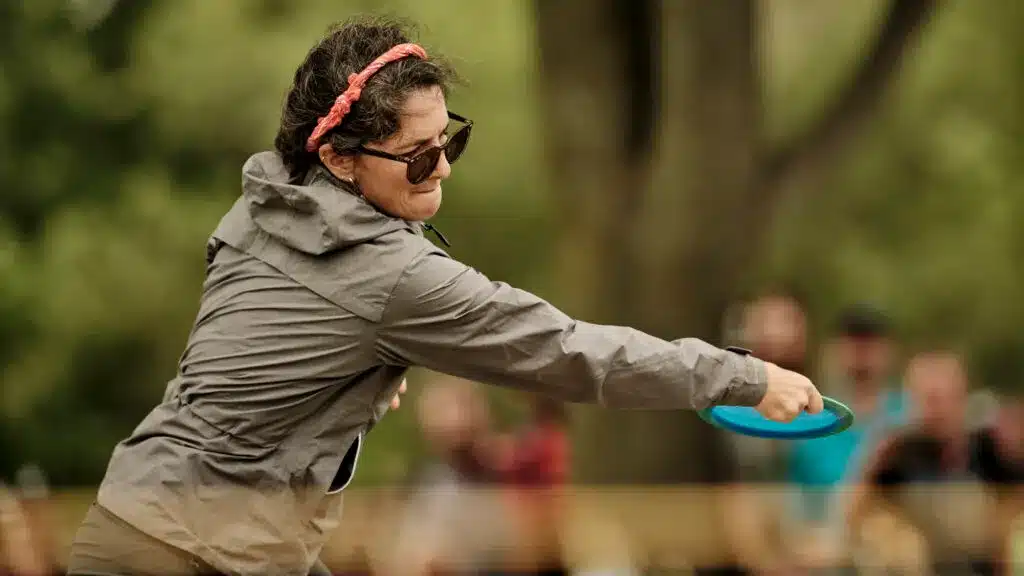
Understable discs don’t always get the credit they deserve. Overstable drivers and utility discs usually get all the attention—probably because pros often rely on them. But if you aren’t throwing understable discs, you’re missing out on some of the most versatile and useful shots in the game. In this guide, I’ll break down what “understable” really means, how release angle affects flight, and the specific shots where these discs shine.
What Does Understable Mean?
When a disc is called understable, it’s about the disc’s turn rating. For a right-handed backhand thrower, an understable disc will naturally drift to the right after leaving the hand. That’s why you’ll often hear these discs called “flippy.” They have a stronger tendency to turn over compared to neutral or overstable discs.
How Release Angle Affects Understable Discs
The flight of an understable disc depends heavily on how you release it. There are three main release angles—flat, hyzer, and anhyzer—that will completely change the flight path.
Flat Release
Thrown flat, an understable disc usually turns right, then fades back left as it slows down. This creates the classic S-curve flight that can cover long distances with less effort.
Hyzer Release
On a hyzer angle, an understable disc tends to flip up flat and glide straight before fading slightly left. This is known as a hyzer flip—a shot many players rely on for controlled distance.
Anhyzer Release
Released on an anhyzer angle, understable discs will turn more aggressively to the right. Depending on speed and fade, the disc might hold that angle all the way down, creating a turnover shot. With enough angle and speed, the disc can even cut into the ground and keep rolling—this is called a roller.
Shot Types You Can Throw with Understable Discs
- Hyzer Flip – A reliable way to achieve straight distance drives.
- Roller – Turn the disc fully over and let it roll down the fairway.
- Turnover – Great for shaping shots around obstacles.
- S-Curve – Combine right turn and late fade for extra distance.
Mastering these shots with an understable disc gives you more options to attack different fairways and recover from tricky lies.
When to Throw Understable Discs
- Beginners – Slower arms get straighter flights and more distance.
- Tailwinds – Since tailwinds make discs act more stable, understable plastic balances it out.
- Lower Power Throws – Perfect for controlled shots when you don’t need maximum arm speed.
If you try to throw a very overstable disc with less power, it will hyzer out early. Switching to an understable disc makes the flight much easier to control.
Recommended Understable Discs
If you want to try out some understable discs, here are a few excellent choices:
- Discraft Buzzz (in lighter weights or flippier plastics)
- Innova Leopard – A classic understable fairway driver
- Innova Roadrunner – Excellent for rollers and turnover shots
- Latitude 64 Diamond – Great for beginners and slower arm speeds
For more options, check out our full selection of understable discs.
